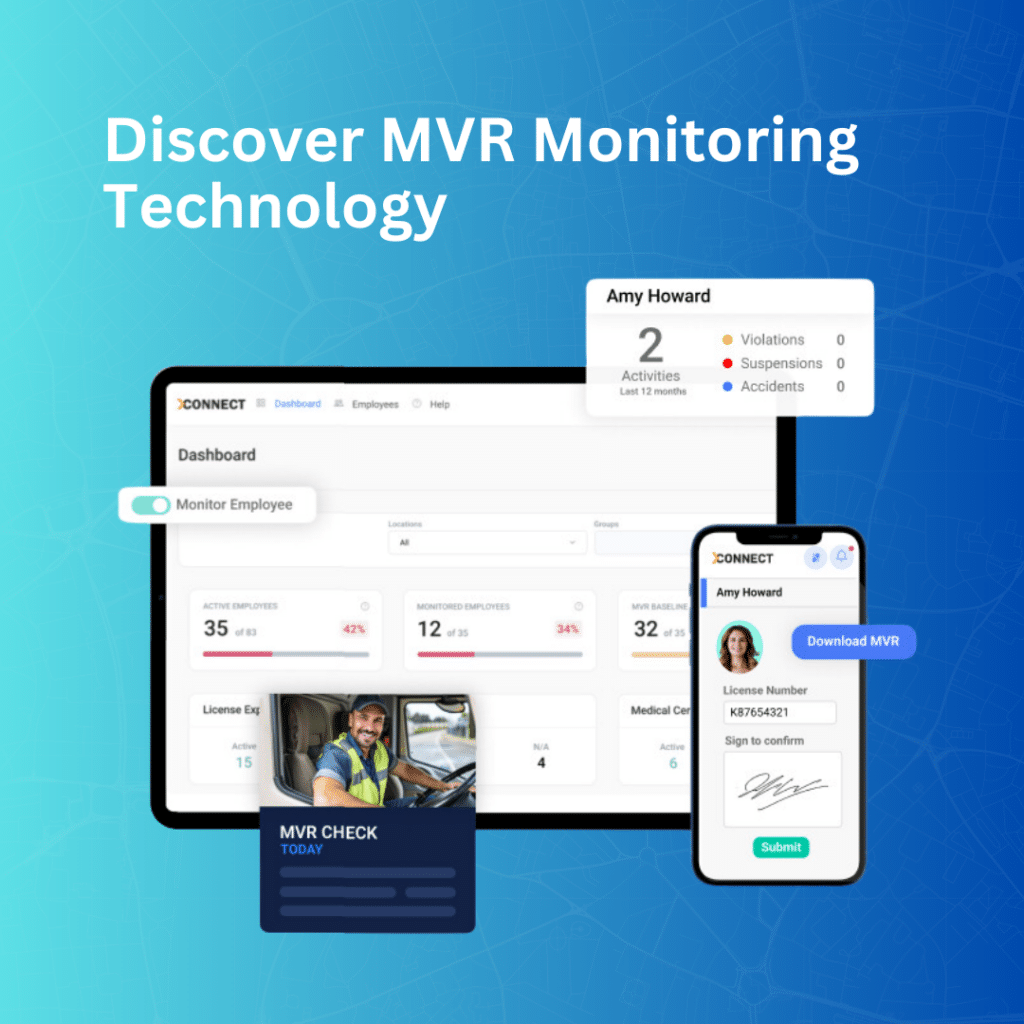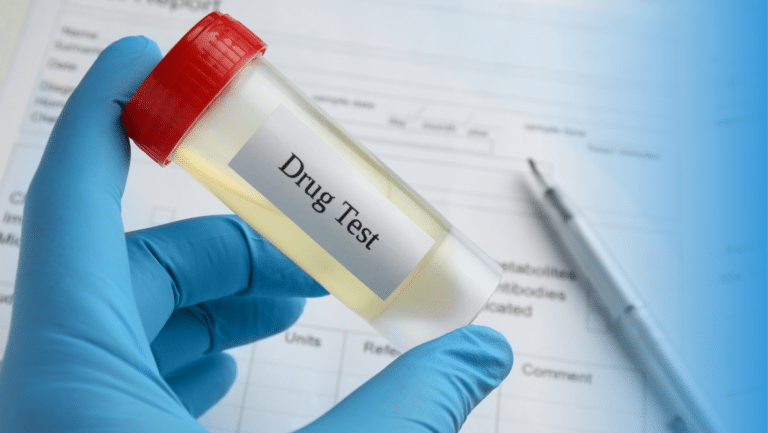Best Driver Behavior Monitoring Systems To Detect Risky Driving
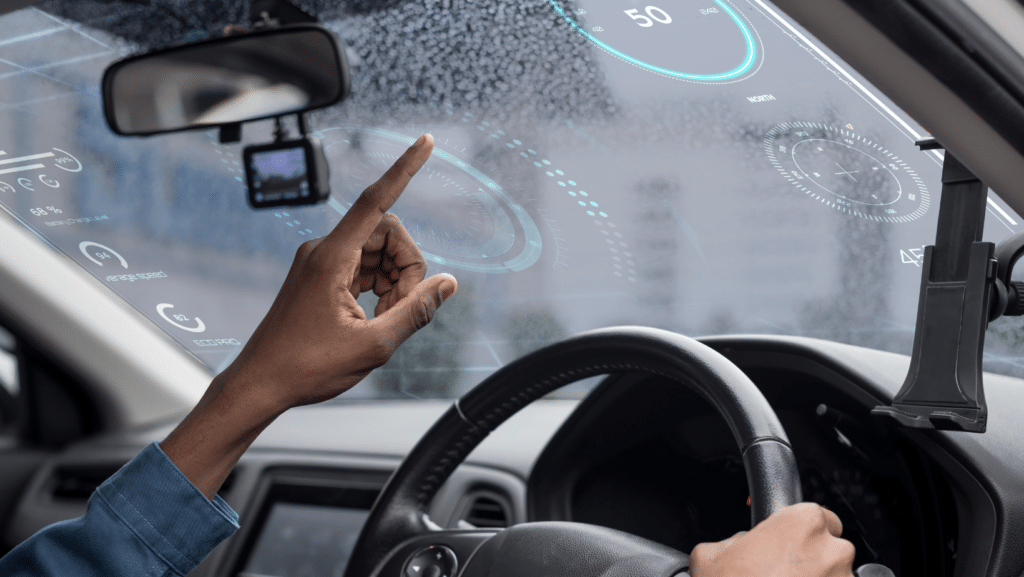
Did you know 90% of crashes are caused by human error? From glancing at a phone to drowsy eyes behind the wheel, dangerous driving behaviors often go unnoticed until it’s too late.
Here’s the good news: driver behavior monitoring systems are transforming fleet safety. These tools provide real-time visibility into driver actions, enabling fleet managers to catch risky habits early, prevent accidents, and save lives.
Let’s explore the top systems leading the way in safer driving.
Top Driver Behavior Monitoring Systems
When it comes to monitoring risky driver behavior, there are several types of driver monitoring systems that focus on different aspects of driving safety. Here are some of the best types:
1. In-Cab Cameras
In-cab cameras are among the most effective driver monitoring systems for capturing real-time driver behavior. They are installed in the vehicle to record footage from both inside the cabin (driver behavior) and facing the road (external events). In-cab cameras can easily identify driver distractions, harsh braking, speeding, seatbelt use, phone use, and fatigue. They can also capture road events, such as accidents or near-misses.
In-cab cameras are great driver monitoring systems as they provide visual evidence for both positive and negative driving behaviors, which can be used for coaching and training.
2. MVR (Motor Vehicle Record) Monitoring
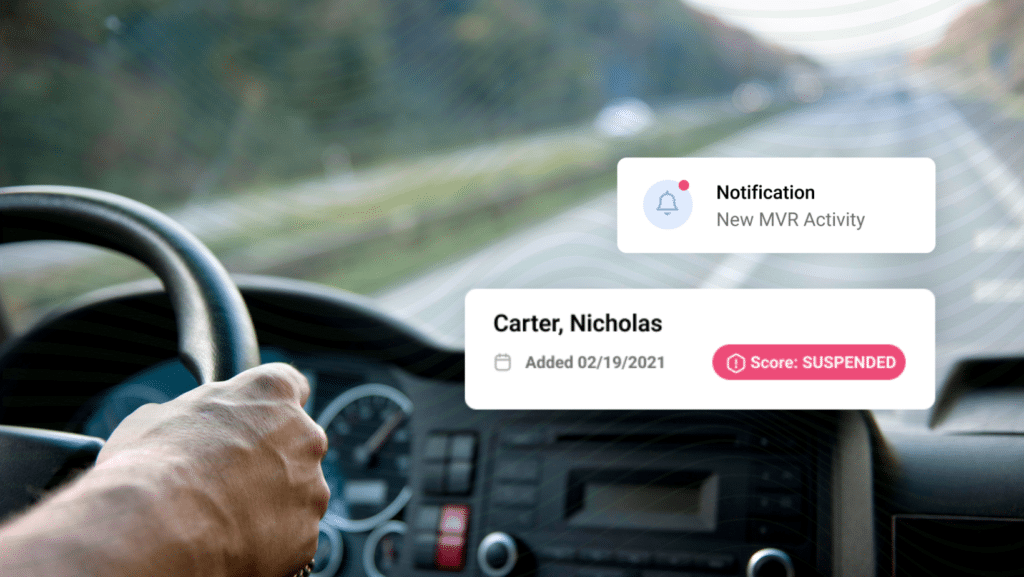
MVR Monitoring has become a key technology for mitigating dangerous driving behavior. This system tracks changes in driving records and driver licenses in near real-time, including violations, accidents, and license suspensions. As new violations occur, the system alerts managers and rescores the MVRs, pinpointing risky and unqualified drivers.
Read more: 4 Consequences of Ignoring MVR Monitoring
With immediate access to this data, fleet managers can identify patterns of repeated violations and take proactive measures, such as removing drivers from the road and ensuring only safe, compliant drivers are behind the wheel.
3. Telematics (GPS Tracking and Data Logging)
Telematics uses GPS technology and onboard sensors to collect real-time data on vehicle performance and driver behavior. It tracks critical metrics such as speeding, harsh braking, rapid acceleration, cornering, idling time, and route adherence.
This data enables fleet managers to identify risky driving habits, such as excessive speeding or abrupt maneuvers, that could lead to accidents or increased vehicle wear and tear.
4. Driver Scoring/Behavioral Analytics Systems

Driver scoring systems evaluate driver performance by assigning scores based on behaviors like speeding, harsh braking, acceleration, and route adherence. These systems provide ongoing analysis of driver habits to identify risky trends.
With detailed scorecards and performance metrics, fleet managers can identify drivers who need coaching and implement targeted improvements to promote safer driving practices.
5. Fatigue and Driver Alertness Monitoring
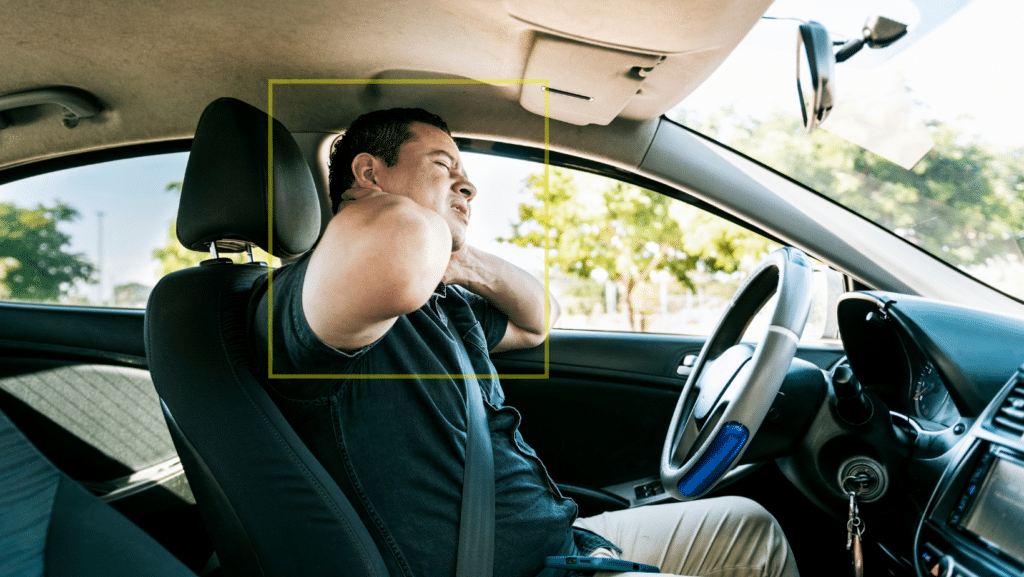
Fatigue monitoring systems use sensors and in-cab cameras to analyze a driver’s eye movements, facial expressions, and posture to detect signs of drowsiness or distraction.
These systems help identify fatigued or inattentive drivers in real-time, alerting both drivers and managers to take immediate action.
6. Event-Based Video Monitoring
Event-based systems continuously record in-cab and road-facing video footage but focus on capturing critical driving events triggered by specific actions like harsh braking, sudden stops, or unsafe lane changes.
These systems provide visual evidence of risky behaviors and incidents, offering valuable insights for driver training and corrective measures to enhance fleet safety.
7. Driver Identification Systems
Driver identification systems ensure that only authorized drivers operate fleet vehicles. Using biometric identification or unique driver codes, these systems track individual driver behavior and performance.
This targeted approach provides fleet managers with personalized insights into each driver’s habits, helping to address risky behaviors and maintain accountability.
8. Vehicle Safety Systems (ADAS)
Advanced Driver Assistance Systems (ADAS) leverage cameras and sensors to monitor the vehicle’s surroundings, providing real-time alerts for lane departures, following distance, blind spots, and collision risks.
By warning drivers of potential dangers, ADAS enhances situational awareness, minimizes risky driving, and reduces the likelihood of accidents.
The Bottom Line
Driver behavior monitoring technology provides the visibility fleet managers need to identify where their fleets fall short and take corrective action. By offering real-time insights and actionable data, these systems empower companies to improve driver performance, enhance safety, and ensure compliance.
Investing in monitoring technology is more than just a cost—it’s an investment in safety, efficiency, and peace of mind. When combined with training and proactive interventions, these solutions create a safer, smarter fleet for the long haul.
Which tools will you implement to drive your fleet’s success? If you are curious to learn how our MVR Monitoring technology can help you mitigate driver risk and improve fleet performance, contact us for pricing or schedule a walkthrough.
*We are not lawyers. Consult with your legal counsel to ensure your processes and procedures meet/ or exceed safety standards and compliance regulations. Please read our legal disclaimer.
